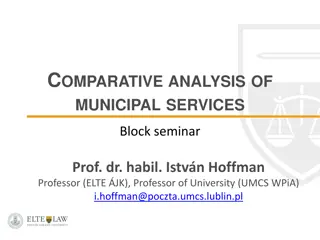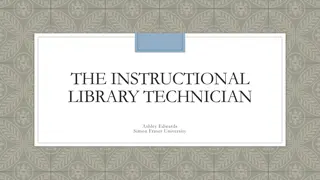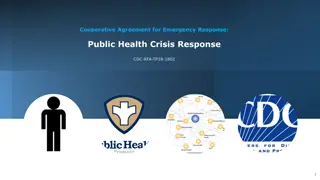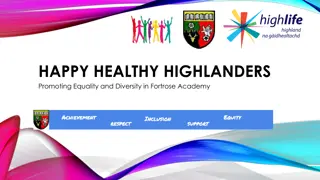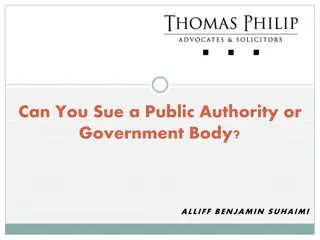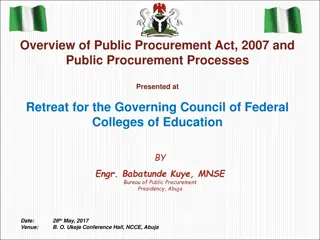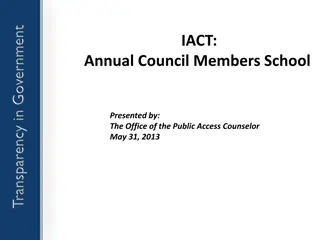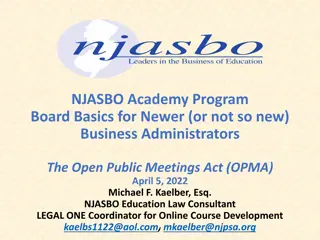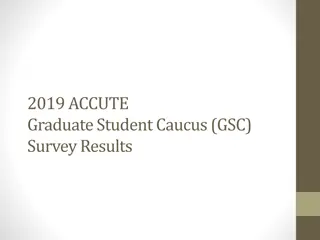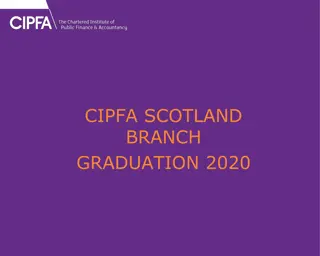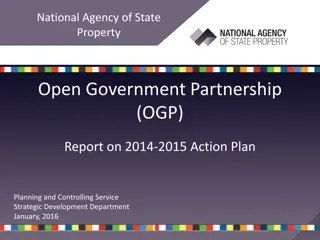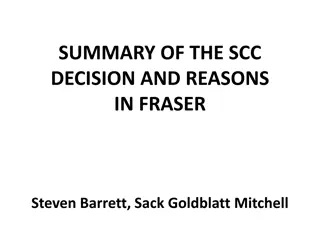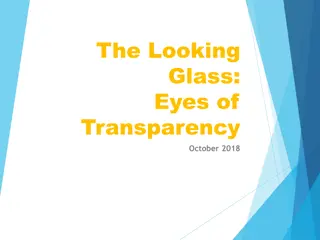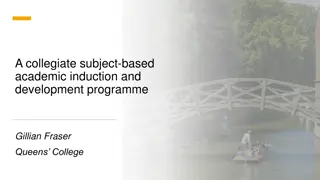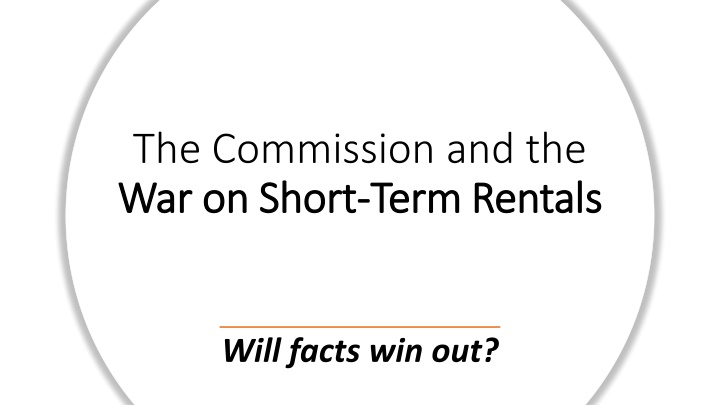
Debunking Sonoma County's Short-Term Rental Misinformation
Uncover the truth behind Sonoma County's misleading information on short-term rentals, highlighting discrepancies in data that may influence regulatory decisions. Explore the implications of rent-seeking behavior within the tourism industry and the potential impact on policy-making processes.
Download Presentation

Please find below an Image/Link to download the presentation.
The content on the website is provided AS IS for your information and personal use only. It may not be sold, licensed, or shared on other websites without obtaining consent from the author. If you encounter any issues during the download, it is possible that the publisher has removed the file from their server.
You are allowed to download the files provided on this website for personal or commercial use, subject to the condition that they are used lawfully. All files are the property of their respective owners.
The content on the website is provided AS IS for your information and personal use only. It may not be sold, licensed, or shared on other websites without obtaining consent from the author.
E N D
Presentation Transcript
The Commission and the War on Short War on Short- -Term Rentals Term Rentals Will facts win out?
As you know, Sonoma County was seminal in the establishment of the California Coastal Act. The Commission is respected when using fact-based analysis for regulatory decisions. Will that be evident when the restrictions to coastal short-term rental properties in Sonoma County come forward? Sonoma County A complete audit of the information Sonoma County used to create their inland STR policies to begin with, should be required.
Problems with Sonoma Countys Information: Overstates the number of short-term rentals (STRs). Misrepresents the occupancy of STRs. Dismisses studies they commissioned showing the de minimis nature of STRs on housing prices and availability. Overstates the negative quality of life impacts from STRs. Does not accurately portray the positive quality of life and economic impacts from STRs. Attributes negative impacts to STRs that do not exist or are de minimis (e.g. to schools, workforce housing , affordable housing, etc.). More
One example from many: One example from many: In this graph, information presented by the EBD/Sonoma County Tourism misstates STR occupancy by 2x. Occupancy from short-term guests staying at properties with short-term rental permits is ~35% currently. (https://www.sonomacounty.com/partners/statistics)
EDB, the Metro Chamber, EDB, the Metro Chamber, and the City of Santa Rosa and the City of Santa Rosa claim 60,000 visitors to claim 60,000 visitors to the California Visitors the California Visitors Center in 2017/18, yet Center in 2017/18, yet only ~6,000 were verified only ~6,000 were verified by our auditors. by our auditors. For 22 For 22- -23, they may see 23, they may see ~2,000 unique visits by ~2,000 unique visits by travelers, in our travelers, in our estimation, not 20,000+. estimation, not 20,000+. That s an exaggeration of a That s an exaggeration of a factor of 10x !!! factor of 10x !!! (Source: SRTBIA/Metro Chamber)
Is this the cause of so much propaganda: Rent-seeking refers to the use of public money from government by individuals or organizations for personal enrichment, with little or no value created for the governed. This is important as the tourism industry represented by Sonoma County s Economic Development Board has a high Rent-Seeking Index score, meaning most of the information provided for policy can not be factually verified, and is likely hiding malfeasance.
Much more to come Much more to come Eric Fraser TRUTH IN TOURISM truthintourism@gmail.com Prepared for CCC for 9/8/23 session.






